Creating a butterfly garden is a great way to invite nature into your backyard. While nectar plants and showy flowers are often the stars of butterfly gardens, herbs play a crucial role in attracting and nourishing butterflies and other pollinators.
Learn how herbs can be a beneficial addition to your butterfly garden.
Butterflies and Their Relationship with Herbs:
Butterflies are fun to watch and are essential pollinators that contribute to the health of our ecosystems along with other beneficial insects. Creating a butterfly-friendly environment in your garden brings beauty and supports the delicate balance of nature.
Herbs are an irresistible attraction for butterflies with their aromatic leaves and vibrant blooms.
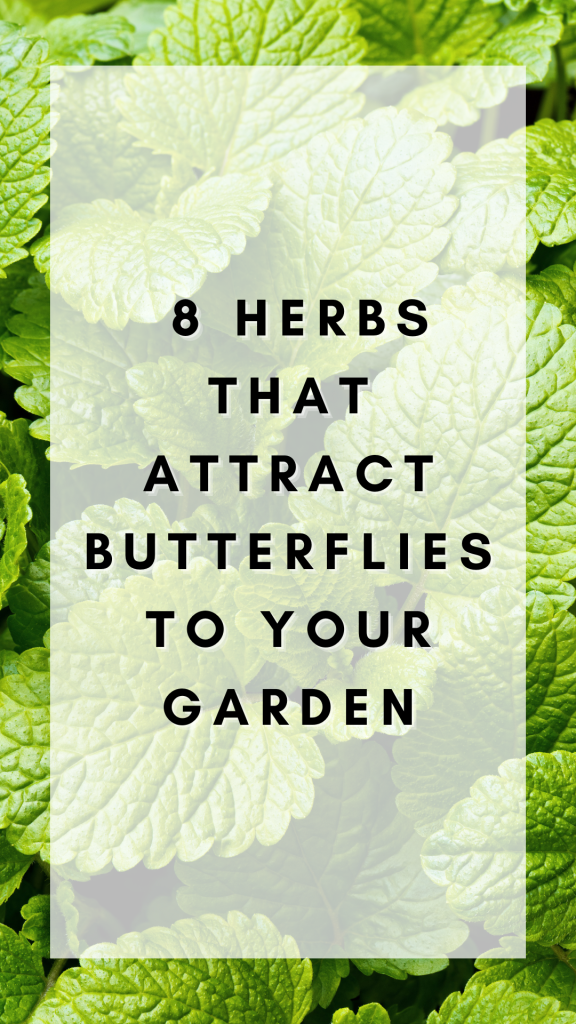
Top Herbs for a Successful Butterfly Garden:
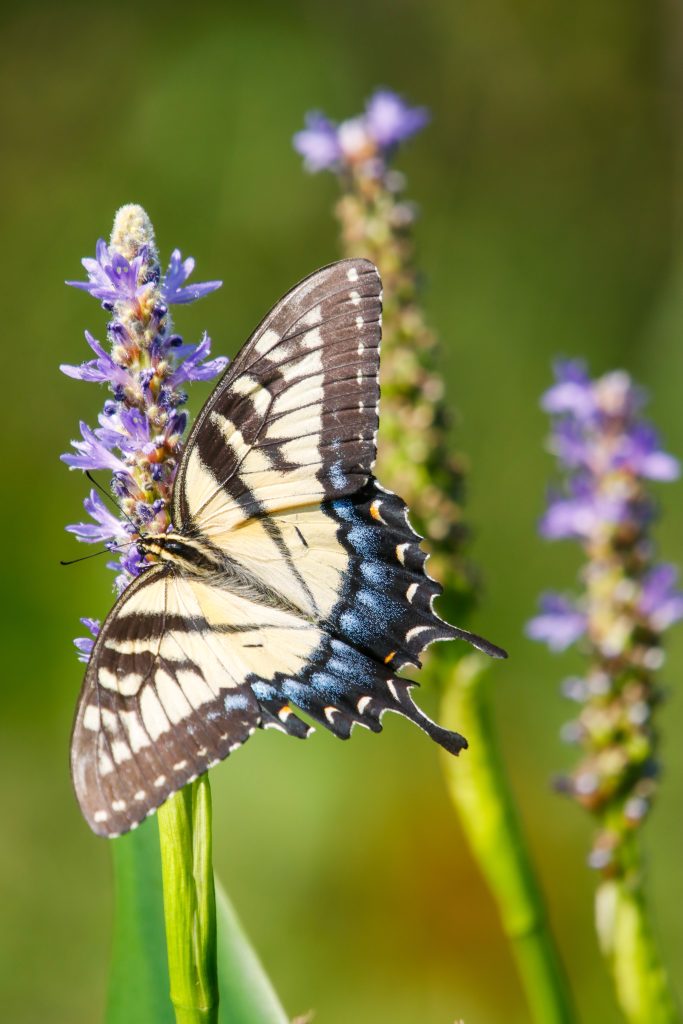
Lavender: Known for its calming fragrance, lavender is a favorite among butterflies and a wonderful choice for your garden. Its tall spikes of purple flowers add a pop of color and provide nectar for butterflies. The sweet scent of lavender is particularly attractive to species like the Eastern and Western Tiger Swallowtail and the Monarch.
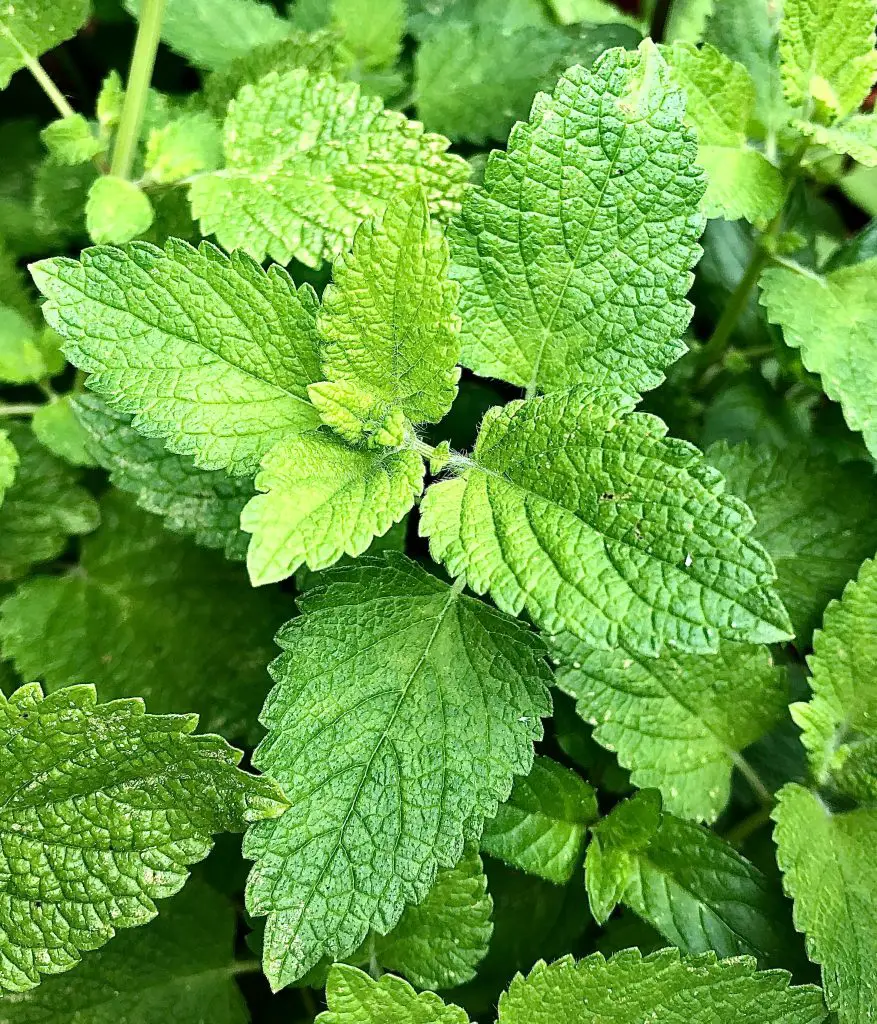
Mint: The aromatic and prolific nature of mint makes it a fantastic addition to any butterfly garden. Butterflies, such as the Painted Lady and Red Admirals, are drawn to the nectar-rich flowers of mint plants. Additionally, mint’s sprawling growth habit can create a lush and inviting environment for butterflies to explore.

Basil: This kitchen favorite also doubles as a butterfly magnet. The white or lavender blooms of basil plants attract butterflies like the Cabbage White and the Black Swallowtail. Planting different varieties of basil can ensure a continuous supply of nectar throughout the growing season.
Thyme: With its low-growing and spreading habit, thyme is an excellent ground cover that offers a carpet of tiny flowers for butterflies to feed on. Thyme attracts a variety of butterflies, including the Common Blue and the Orange Sulphur. Its aromatic leaves also add a delightful fragrance to your garden.
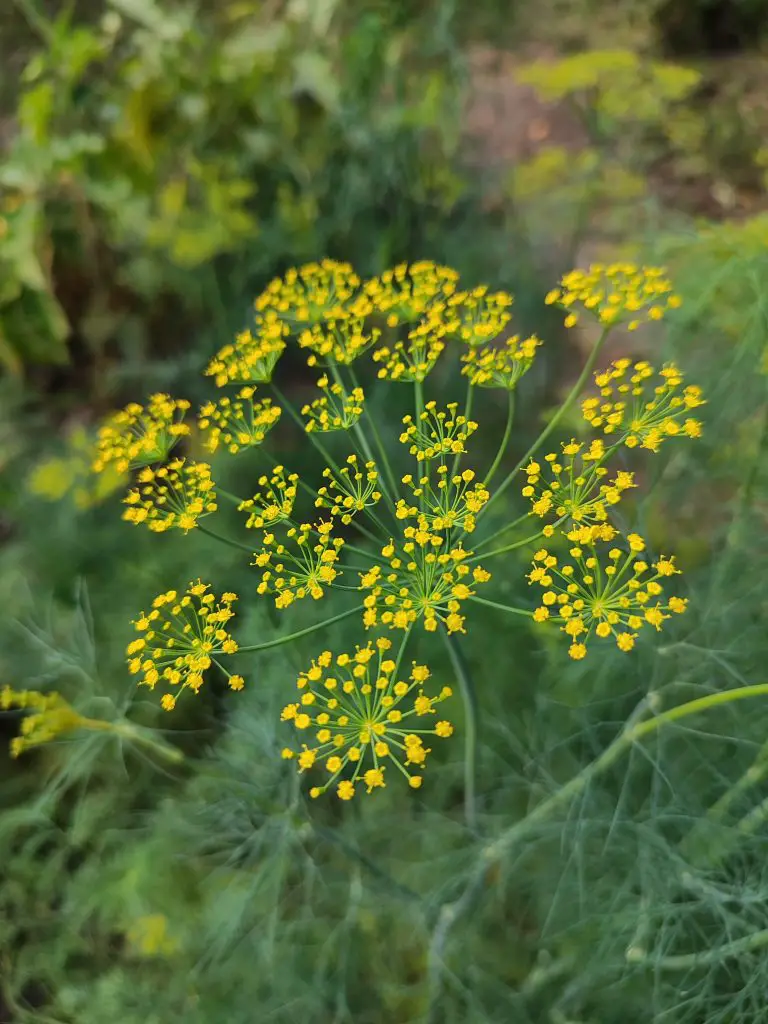
Dill: The feathery foliage of dill is not only a culinary delight but also a favorite of butterflies such as the Black Swallowtail butterfly. Planting dill in your garden provides a food source for both caterpillars and adult butterflies, creating a sustainable ecosystem within your backyard.
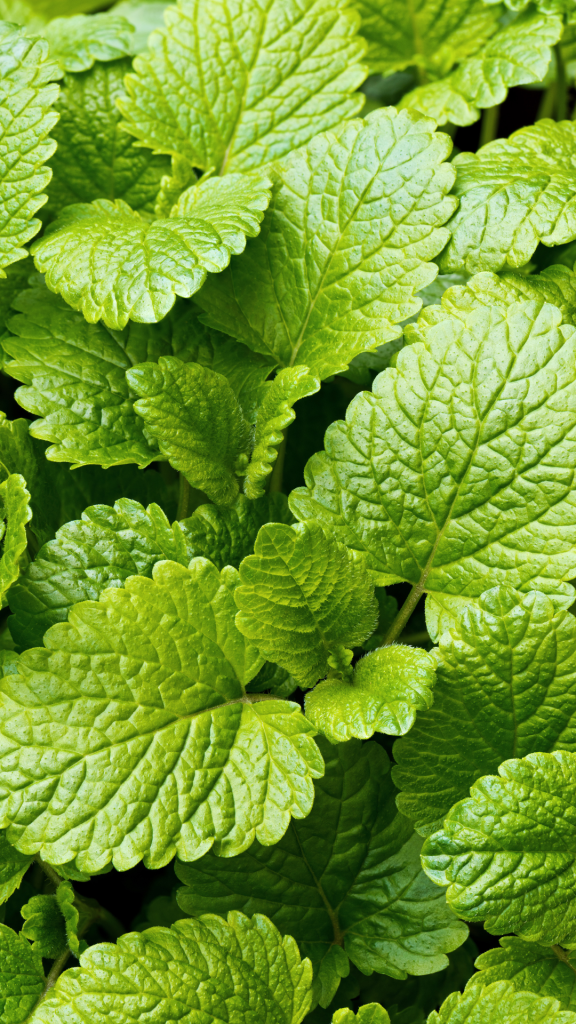
Lemon Balm: Another member of the mint family, lemon balm’s white flowers are rich in nectar and attract bees and other pollinators, including butterflies.
Herbs as Host Plants: Nurturing the Butterfly Life Cycle
While most herbs serve as nectar sources, some also serve as larval host plants for many different butterfly species.
Plant these common herbs in your garden, then observe closely…soon you’ll likely find eggs and caterpillars munching away on these plants.
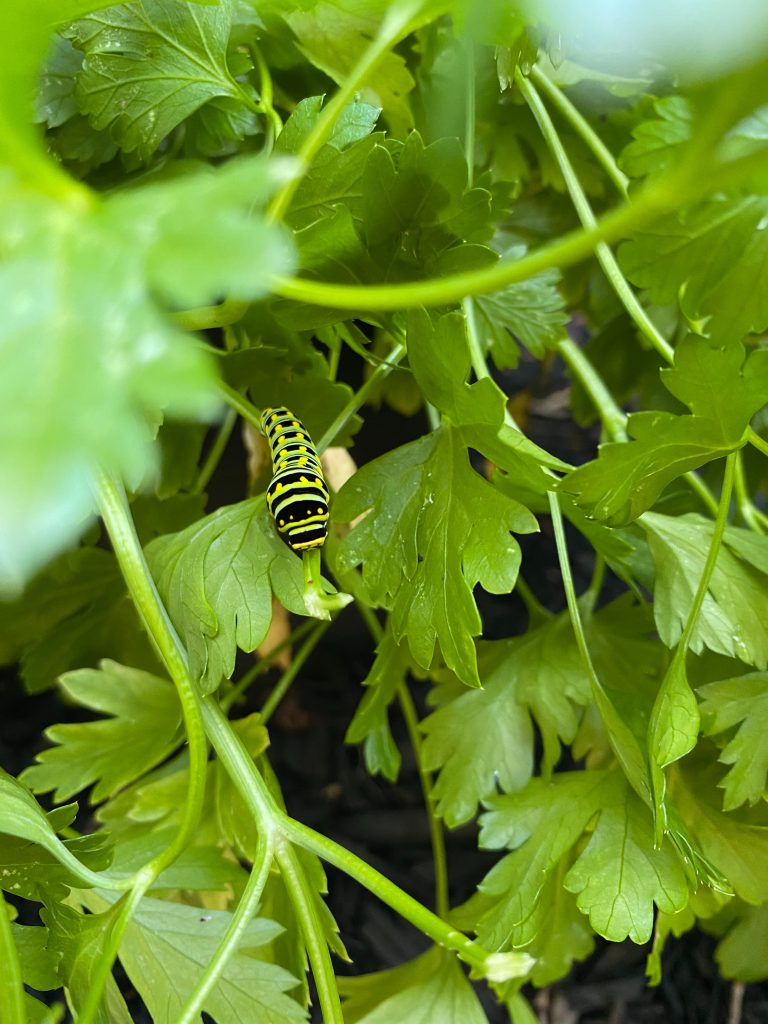
Parsley: The parsley plant isn’t just a garnish for your dishes; it also plays a crucial role in the life cycle of butterflies. Swallowtail butterflies, like the Black Swallowtail, lay their eggs on parsley plants. As the caterpillars hatch, they feed on the leaves, completing their transformation from larva to pupa and, ultimately, to the winged beauty that graces your garden.
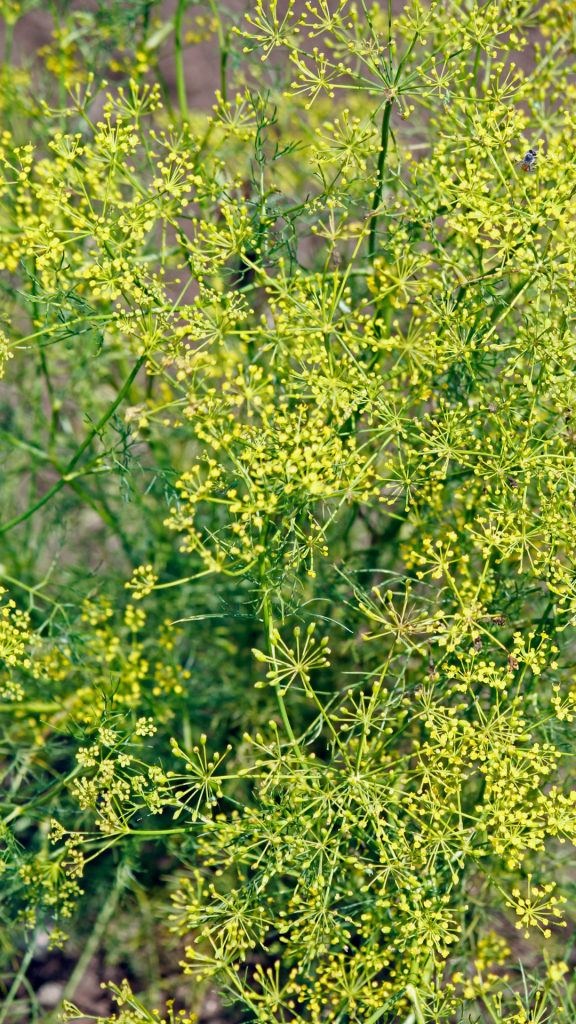
Fennel: Fennel, with its feathery foliage and licorice-like aroma, is a preferred host plant for various swallowtail species, including the Eastern Black Swallowtail.
Dill: As mentioned earlier, dill is another host plant for black swallowtail butterflies, who feed on many plant species in the carrot family along with parsley and fennel.
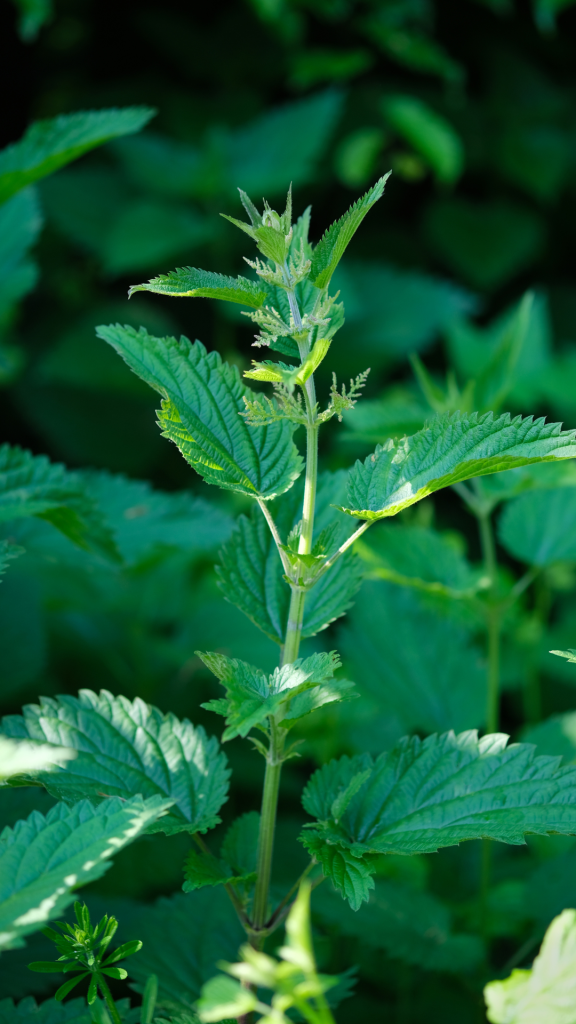
Nettle: Nettle, often considered a nuisance due to its stinging properties, serves as a host plant for butterflies like the Red Admiral. The spiky caterpillars of the Red Admiral find refuge in the leaves of nettle as they undergo their metamorphosis, highlighting the importance of embracing diverse plant species in your butterfly garden.
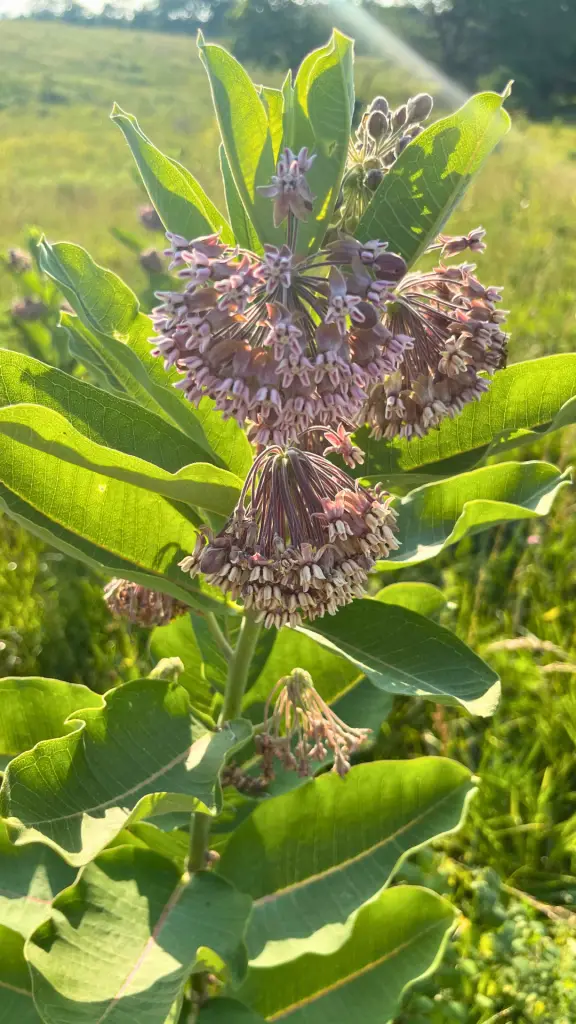
Milkweed: While not a herb in the culinary sense, the milkweed plant deserves a special mention as a vital host plant for the iconic Monarch butterfly. Monarch butterflies exclusively lay their eggs on milkweed, and the emerging caterpillars rely on this plant for sustenance. Including milkweed in your garden ensures that you contribute to the conservation of this magnificent species.
Cultivating a Complete Butterfly Ecosystem:
To truly embrace the enchantment of butterflies in your pollinator garden, it’s essential to consider the entire life cycle—from egg to caterpillar to chrysalis to the emergence of the adult butterfly.
By incorporating these host plants alongside nectar-rich herbs and other native plants, you create a holistic environment that supports the complete butterfly life cycle.
Creating a Butterfly-Friendly Garden:
Now that we’ve explored some of the top herbs for attracting butterflies, let’s discuss how to create a welcoming environment all pollinators.
Diverse Planting: Mix herbs with different colors, shapes, and heights to create a diverse and visually appealing garden. Butterflies are attracted to a variety of plants, so incorporating different species ensures a continuous source of nectar.
Sunny Spots: Most herbs thrive in full sun with well draining soil, just like other common butterfly garden plants. Ensure that your garden receives plenty of sunlight to provide warmth for butterflies and encourage the growth of nectar-rich flowers.
Avoid Pesticides: To maintain a healthy butterfly habitat, avoid using pesticides that can harm butterflies, caterpillars and other beneficial insects. Embrace natural alternatives and let nature’s balance flourish in your garden.
Other butterfly plants to plant alongside herbs for a well-rounded butterfly garden:
- common milkweed
- bee balm
- cone flowers
- black-eyed susans
- joe-pye weed
Transforming your garden into a haven for butterflies is a rewarding experience. By incorporating these herbs into your outdoor space, you not only invite the beauty of butterflies but also contribute to the overall well-being of our ecosystem.

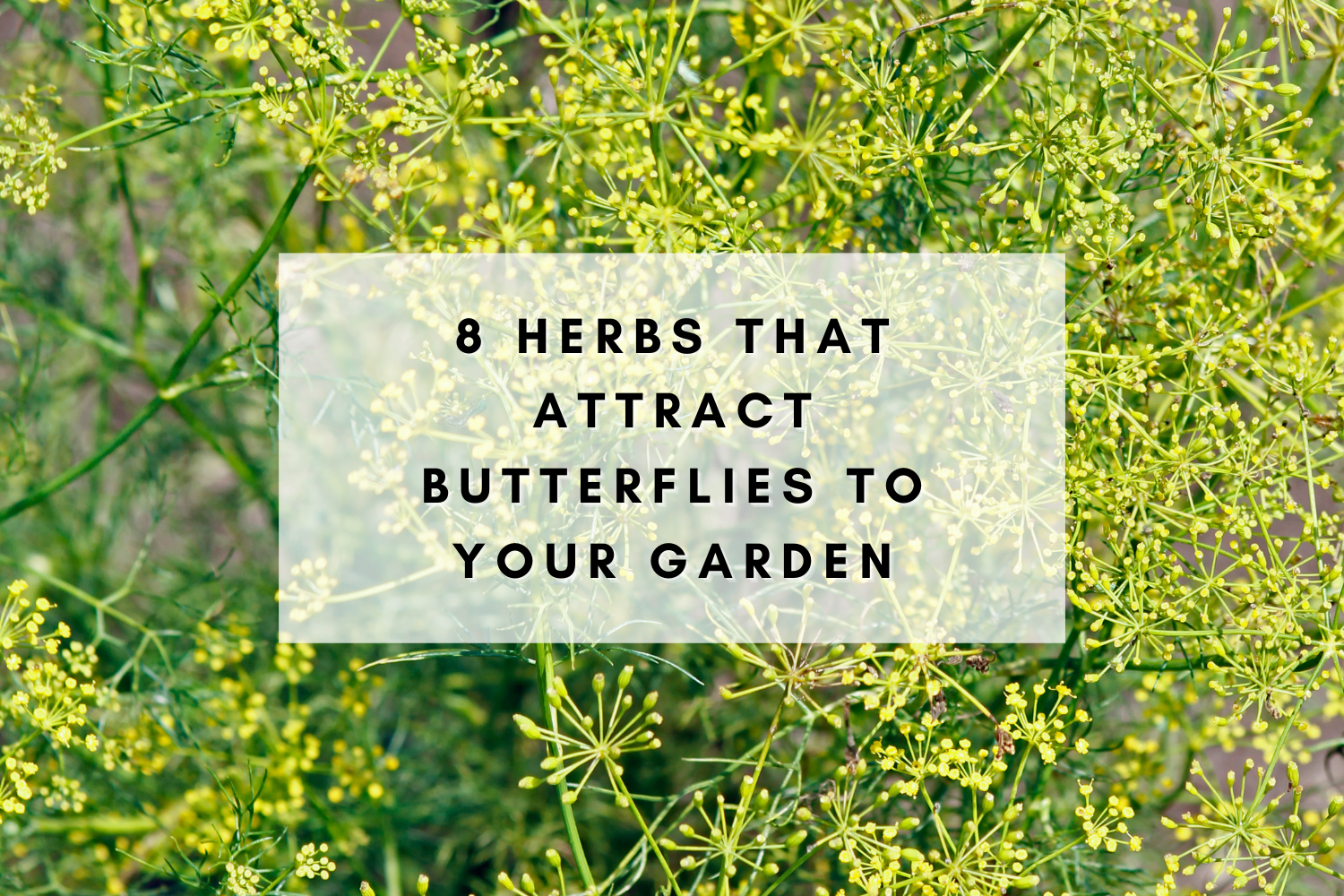
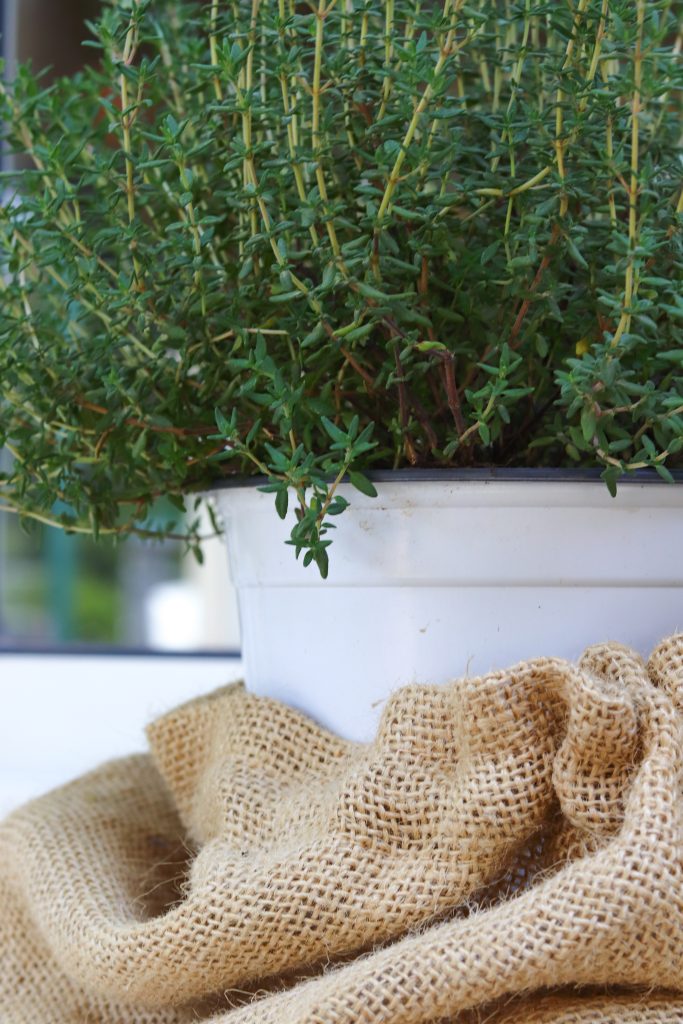
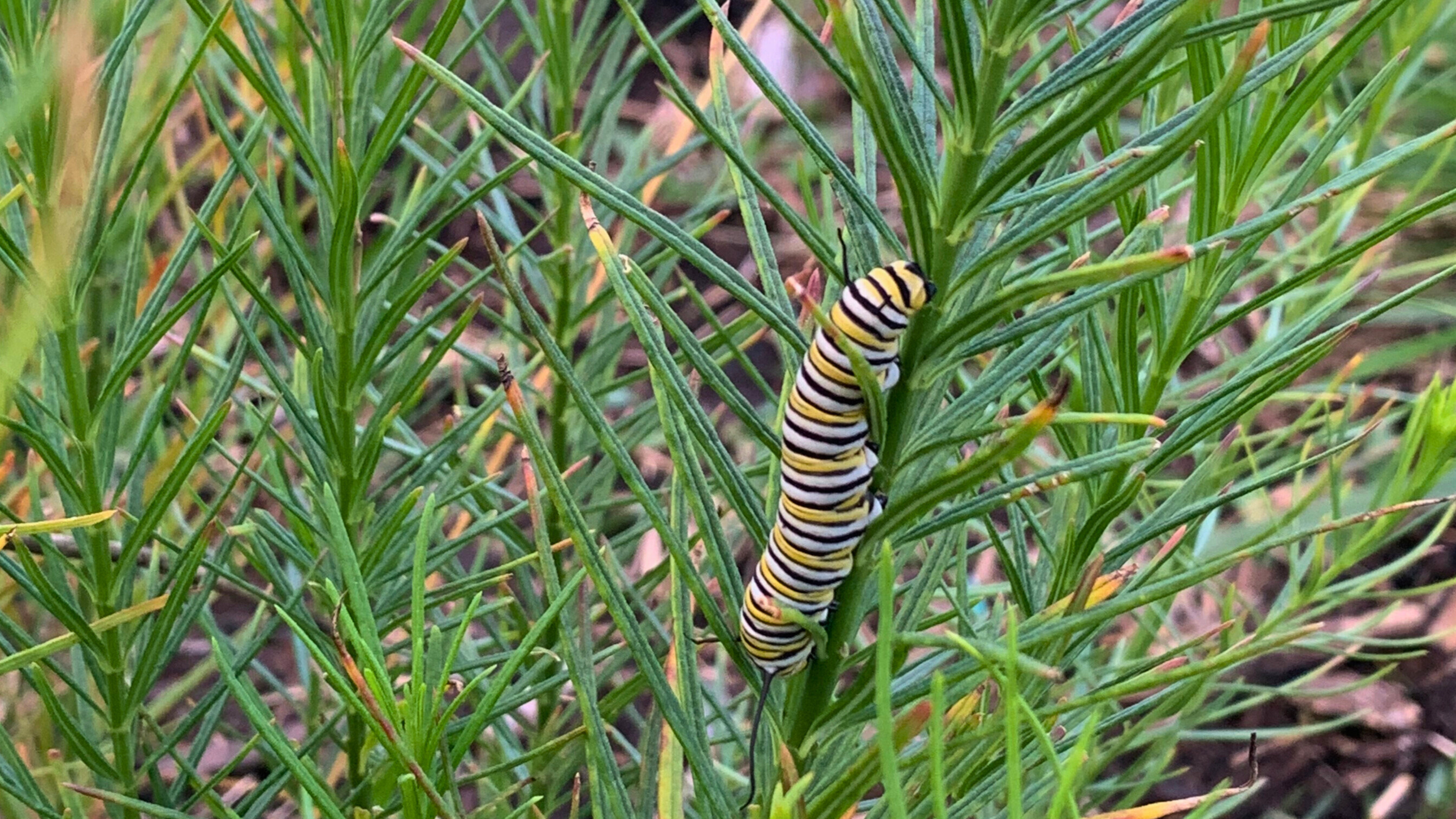
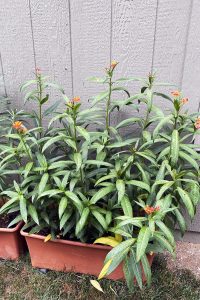
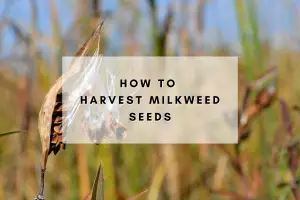
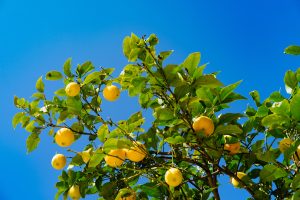
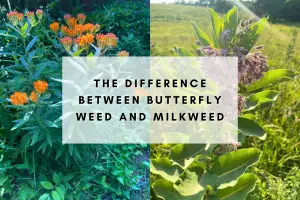
Alla Kemelmakher
Saturday 16th of December 2023
Thank you very much for using my image from Unsplash and crediting me! Very much appreciated. Please email me. The image requires clarifications (I have one of lavender and other plants) and I have tones of butterfly images you could use.